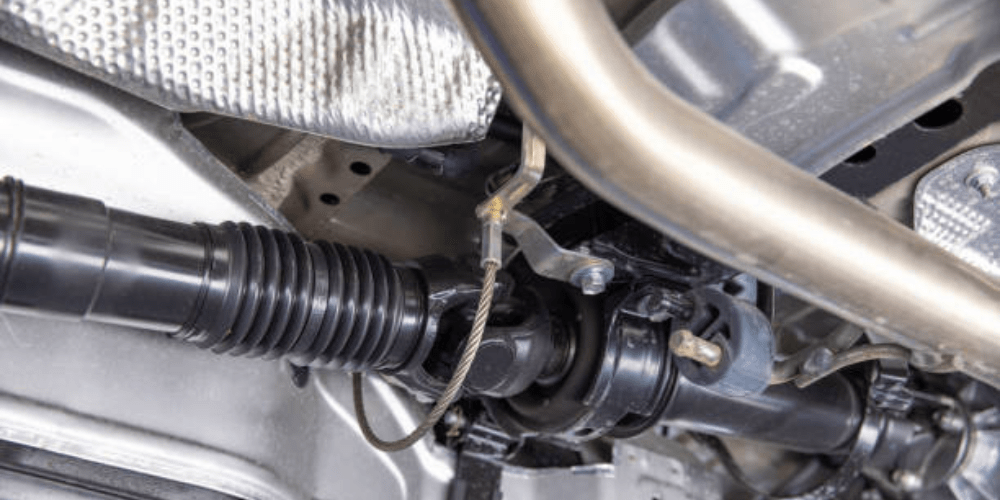It can be tempting to replace only the damaged shaft and leave the other one alone when one axle shaft fails. However, it is generally recommended to replace both axle shafts at the same time, even if only one of them has failed. Here are a few reasons why:
Cost:
The cost of replacing one axle shaft is usually only slightly less than the cost of replacing both shafts. By replacing both shafts at the same time, you can save on labor costs and avoid having to pay for another replacement later on.
Wear and tear:
The axle shafts are subjected to a lot of stress and strain, and they can wear out over time. If one axle shaft has failed, it is likely that the other shaft has also been subjected to similar wear and tear. By replacing both shafts, you can ensure that they are both in good condition and will last for a long time.
Symmetry:
The axle shafts work together to distribute power evenly to the wheels. If one axle shaft is new and the other is worn out, it can cause uneven power distribution and potentially lead to further damage or failure down the line. By replacing both shafts, you can ensure that they are both in the same condition and working together properly.
Nonetheless, it is generally recommended to replace both shafts at the same time to ensure the best performance and longevity of your vehicle's drivetrain while it may be tempting to save money by only replacing one axle shaft.
What are the different types of axles or shafts?
There are several different types of axles or shafts that are commonly used in vehicles. Here are some of the most common types:
- Solid Axles: Solid axles are the simplest type of axle and consist of a single rod or tube that connects two wheels. They are commonly used in heavy-duty trucks and off-road vehicles because they are strong and durable.
- Split Axles: Split axles are used in vehicles with front-wheel drive and consist of two separate shafts that connect the engine to each front wheel.
- Drive Axles: Drive axles are used in vehicles with rear-wheel drive and consist of a single shaft that connects the engine to the rear wheels.
- Halfshafts: Halfshafts are used in vehicles with front-wheel drive and consist of a single shaft that connects the transmission to each front wheel.
- Constant Velocity (CV) Axles: CV axle shaft is used in vehicles with front-wheel drive and consist of a shaft with two flexible joints that allow it to rotate at different angles while still transmitting power to the wheels.
- Tandem Axles: Tandem axles are used in heavy-duty trucks and consist of two or more axles that are connected in tandem to distribute the weight of the vehicle evenly across all of the wheels.
These are just a few of the most common types of axles or shafts used in vehicles. The type of axle or shaft used in a particular vehicle depends on a variety of factors, including the type of vehicle, the intended use, and the manufacturer's design.


